How to prevent Powdery Mildew on large Zinnias?
highlandernorth
9 years ago
Related Stories
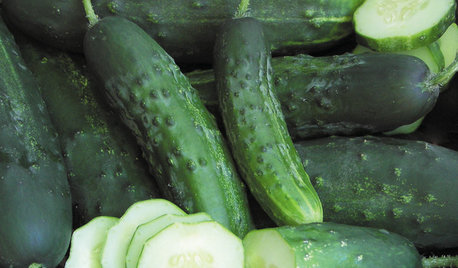
SUMMER FRUITS AND VEGETABLESSummer Crops: How to Grow Cucumbers
Pick a peck for pickles or opt for fewer and raw — no matter how you slice them, cucumbers are great for summer gardens small to large
Full Story
REMODELING GUIDESTop 10 Tips for Choosing Shower Tile
Slip resistance, curves and even the mineral content of your water all affect which tile is best for your shower
Full Story
SPRING GARDENINGSummer Crops: How to Grow Strawberries
Pluck your own sweet strawberries right from the garden vine for smoothies, salads or eating then and there
Full Story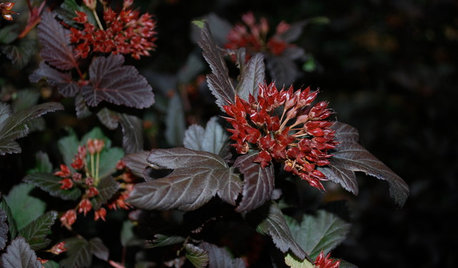
LANDSCAPE DESIGNGreat Design Plant: Sun-Loving Ninebark Puts on a Color Show
This tall, dark and handsome native shrub is equally at home in jeans and boots or in a suit and tie
Full Story
GARDENING GUIDESWhat Kind of Roses Should You Grow?
Want to add the beauty of roses to your garden? Find out which ones, from old-fashioned to modern, are right for you
Full Story
EDIBLE GARDENSSummer Crops: How to Grow Pumpkins
Start in spring to grow your own fall decorations and have plenty left for pies
Full Story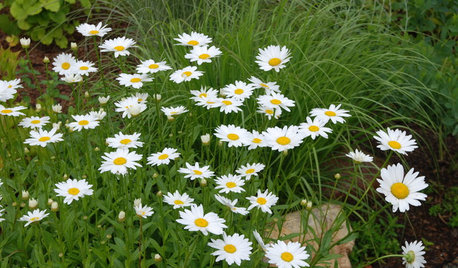
FLOWERSBest Cutting-Garden Beauties for Late Summer
Pick blooms bursting with color or in classic white for bouquets to give away or keep all to yourself
Full Story
WINTER GARDENINGPruning Secrets for Exquisite Roses
Encourage gorgeous blooms year after year with this time-tested advice on how to prune your rosebush in winter for health and shape
Full Story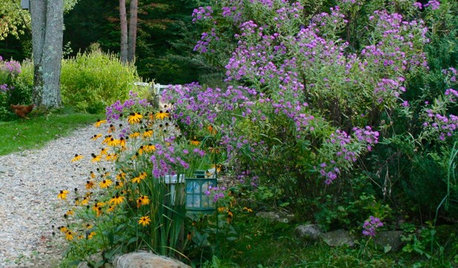
GARDENING GUIDESTop 10 Native Plants for the Northeast
For a low-maintenance, wildlife-friendly landscape, use native plants adapted to the climate and range of soils in the Northeast
Full Story
GARDENING GUIDESAttract Hummingbirds and Bees With These Beautiful Summer Flowers
Roll out a welcome mat for pollinators to keep your landscape in balance and thriving
Full StoryMore Discussions








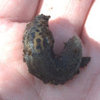
Kimmsr
rhizo_1 (North AL) zone 7
Related Professionals
Windham Landscape Architects & Landscape Designers · Forest Acres Landscape Architects & Landscape Designers · New Mexico Landscape Architects & Landscape Designers · Roxbury Crossing Landscape Architects & Landscape Designers · Bergenfield Landscape Contractors · Estelle Landscape Contractors · Firestone Landscape Contractors · Fort Atkinson Landscape Contractors · Fort Wayne Landscape Contractors · Indianapolis Landscape Contractors · Mason Landscape Contractors · Nutley Landscape Contractors · Severna Park Landscape Contractors · University City Landscape Contractors · Wilsonville Landscape Contractorsken_adrian Adrian MI cold Z5
highlandernorthOriginal Author
Kimmsr